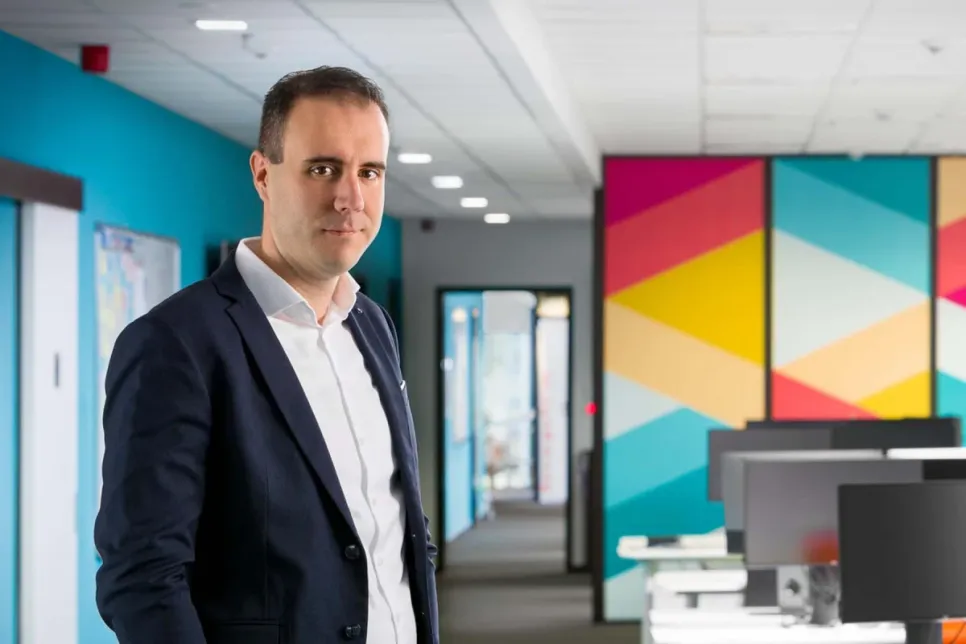Merry Christmas!
Merry Christmas to all ICT Business readers, followers, business partners, advertisers, and friends. Your ICT Business team.

Typeqast develops inventory tracking system through Bluetooth, IoT technologies and cloud services, and the first pilot project was created in one Belgian hospital, said Marko Barić, Director of Typeqast, for ICTbusiness.info. According to him, they are currently in the pilot phase, and hospitals are only the first potential application because they are already negotiating with Dutch and Belgian postal operators. Barić notes that the system can be applied in principle wherever it is necessary to locate and track anything.
How long has the development of the solution lasted and what is it based on?
The development of the system is still in progress with the first prototype being tested with first clients. The development of the complete solution will carry on. The system is based on modern IoT (Internet of Things) and event streaming services in AWS (Amazon Web Services) cloud, with the application architecture designed as a serverless event-driven architecture.
Why is Bluetooth technology used and not RFID, for example?
The primary reason is that Bluetooth technology is a future with far more application than RFID. You can already find Bluetooth tags and trackers with built-in GPS, which track your location even when offline, and soon tags that do not even need a battery to work. Using already available Bluetooth receiver systems, it is possible to precisely position the tags, and this is the basis of our system.
The solution is based on inventory management - how is technologically deployed - bluettoth tags, applications, software / bases?
Tags are small coin-size devices, with a battery that keeps them alive for several years. The tags are placed on various equipment allover hospital departments: from hospital beds to mobile medical devices, medical equipment baskets, etc. Since the hospitals are already fully covered by Bluetooth receivers, it is possible for us to position each piece of equipment accurately on the application side. The stream of events with tag movement data is then pushed to our cloud infrastructure where stream is processed using AWS services such as Kinesis Streams, DynamoDB, Lambda etc. At the end of the chain is a mobile web app that allows hospital staff to easily access location and movement information of certain equipment.
Which other markets do you think to go with this solution?
There are many application for such a system. Hospitals are just the first step because we are solving the concrete problem faced by the hospitals. In principle, the system can be applied wherever it is necessary to locate and track anything. We already have some initial talks with the national post of the Netherlands and Belgium, where the system would be used to track packages in freight trucks and control whether the package is on the right track to the end user, where the truck itself is a large WiFi/Bluetooth receiver. There are also some other applications we currently evaluate.
How long did it last and how much did it cost to develop such a solution?
We expect that the development of the complete product will take about a year. We are working in an agile/scrum development setup with a team of 5 people, so basically the system has been live after 3 months of basic functionality development and is now being upgraded from week to week.